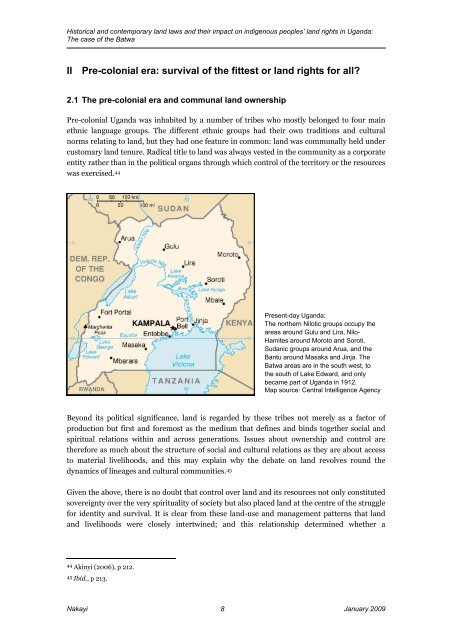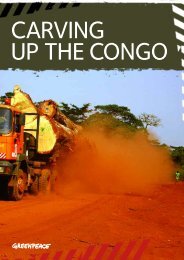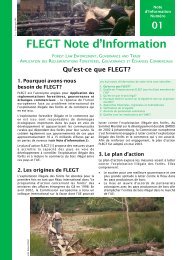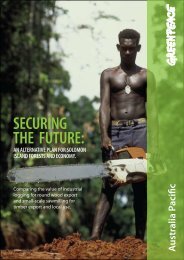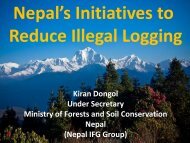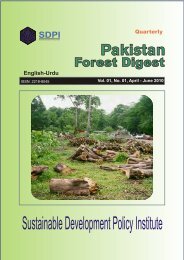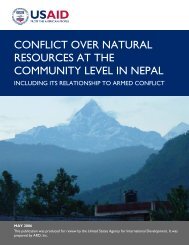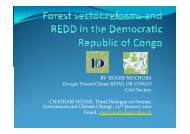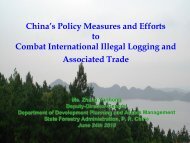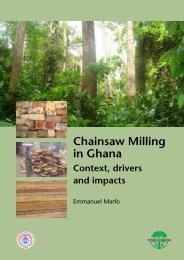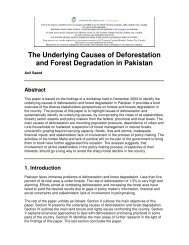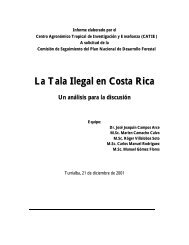download document - Rights and Resources Initiative
download document - Rights and Resources Initiative
download document - Rights and Resources Initiative
- No tags were found...
Create successful ePaper yourself
Turn your PDF publications into a flip-book with our unique Google optimized e-Paper software.
Historical <strong>and</strong> contemporary l<strong>and</strong> laws <strong>and</strong> their impact on indigenous peoples’ l<strong>and</strong> rights in Ug<strong>and</strong>a:The case of the BatwaII Pre-colonial era: survival of the fittest or l<strong>and</strong> rights for all?2.1 The pre-colonial era <strong>and</strong> communal l<strong>and</strong> ownershipPre-colonial Ug<strong>and</strong>a was inhabited by a number of tribes who mostly belonged to four mainethnic language groups. The different ethnic groups had their own traditions <strong>and</strong> culturalnorms relating to l<strong>and</strong>, but they had one feature in common: l<strong>and</strong> was communally held undercustomary l<strong>and</strong> tenure. Radical title to l<strong>and</strong> was always vested in the community as a corporateentity rather than in the political organs through which control of the territory or the resourceswas exercised. 44Present-day Ug<strong>and</strong>a:The northern Nilotic groups occupy theareas around Gulu <strong>and</strong> Lira, Nilo-Hamites around Moroto <strong>and</strong> Soroti,Sudanic groups around Arua, <strong>and</strong> theBantu around Masaka <strong>and</strong> Jinja. TheBatwa areas are in the south west, tothe south of Lake Edward, <strong>and</strong> onlybecame part of Ug<strong>and</strong>a in 1912.Map source: Central Intelligence AgencyBeyond its political significance, l<strong>and</strong> is regarded by these tribes not merely as a factor ofproduction but first <strong>and</strong> foremost as the medium that defines <strong>and</strong> binds together social <strong>and</strong>spiritual relations within <strong>and</strong> across generations. Issues about ownership <strong>and</strong> control aretherefore as much about the structure of social <strong>and</strong> cultural relations as they are about accessto material livelihoods, <strong>and</strong> this may explain why the debate on l<strong>and</strong> revolves round thedynamics of lineages <strong>and</strong> cultural communities. 45Given the above, there is no doubt that control over l<strong>and</strong> <strong>and</strong> its resources not only constitutedsovereignty over the very spirituality of society but also placed l<strong>and</strong> at the centre of the strugglefor identity <strong>and</strong> survival. It is clear from these l<strong>and</strong>-use <strong>and</strong> management patterns that l<strong>and</strong><strong>and</strong> livelihoods were closely intertwined; <strong>and</strong> this relationship determined whether a44 Akinyi (2006), p 212.45 Ibid., p 213.Nakayi 8January 2009


